As you look across the landscape you can find many STEM outreach programs. Some are high fidelity with deep engagement, others are designed for one-off engagement. So why is there a proliferation of STEM Outreach in the first place and what is the benefit to the organisations that fund this? Furthermore, which operational models offer better outcomes for the funding organisation and over what timeframes can these outcomes be achieved? How does STEM outreach benefit the students who are engaged and where is the value placed for the schools that take up the offer?
As we consider STEM outreach opportunities for career pathways, its important to have a clear understanding of the landscape in which we’re operating.
What is STEM Outreach?
In a broad sense, STEM outreach seeks to provide opportunities & content information to school & tertiary level students as well as the public in science, technology, engineering and mathematics research and industries. Its role is to communicate what occurs in STEM in terms of the concepts and skills needed for the workforce, the benefits to society & the environment as well as career pathways.
STEM outreach can take many forms, many of which we’ve been involved in over the years:
- Face-to-face visits to schools, libraries, agricultural shows and public events
- STEM challenges, design sprints and pitch events
- Science fairs and facility tours
- Hands-on lab experiences & STEM Ambassador programs
- Museum & Library exhibits
- Virtual STEM outreach via webinar and virtual tours
- Open-source learning modules & much more
So with the variety of options available, perhaps the first question to consider is… why is this useful?
Why STEM Outreach Matters for Organisations
When you consider your organisation, inevitably it involves people acting in a variety of roles. From the technical side to business operations, many skilled people need to be attracted to your organisation.
STEM outreach helps with building a pipeline of future talent by fostering interest in key industry skills early in their career. Students, especially those in mid-high school, are not always going to be aware of what is needed in the workforce and they may not even realise that there are careers aligned with their interests. This is especially important as industry capabilities change and the intersection between different disciplines are less known. For example, digital twin technologies that support the space industry heavily lean on those graduates with game and graphic design capabilities.
Additionally, it increases brand awareness and your organisation’s reputation among students, educators, and communities. Teachers and the general public may have an idea of what your organisation does, but potentially are not across all of the benefits that you offer the community or the deeper linkages you have across the industry & beyond.
Skills shortages are real, but so are opportunities for cross-collaboration. Successful STEM outreach programs sometimes are multi-disciplinary, bringing together public-private partnerships through consortium deliveries on grant programs. These programs strengthen industry-academia relationships, creating lasting opportunities for collaboration beyond a consortia-led delivery
Outreach run by Fizzics Education and NRMA on science & road safety
The Value of STEM Outreach for Students & Schools
STEM outreach is not just valuable for companies; it plays a critical role in supporting students and schools by providing:
- Exposure to Industry Roles & Career Options
Students gain direct insights into the career possibilities available in STEM fields. - Hands-on Learning & Skill Development
Practical applications enhance student learning beyond textbooks. - Increased Student Engagement & Retention in STEM
Programs help reduce the drop-off rates in STEM subjects by keeping students motivated. - Curriculum Alignment for Schools
Outreach aligns with educational standards, offering real-world relevance to classroom instruction.
Which STEM Outreach Models Offer the Best Outcomes?
Different operational models exist for STEM outreach, each with varying levels of impact and scalability. Organizations must consider their goals and resources when selecting the most effective approach:
- High-Engagement, Long-Term Programs
These involve ongoing collaborations with schools, internship pipelines, or multi-year face-to-face engagement strategies.
Best suited for organizations aiming to develop a dedicated talent pool. - One-Off Workshops & Public Engagement
Effective for brand awareness and general STEM inspiration.
Less likely to result in long-term recruitment but valuable for CSR goals. - Hybrid Models (Face-to-Face + Digital Learning)
Maximizes reach while ensuring engagement depth.
Allows for broader access to underserved communities.
How STEM Challenges Showcase Career Pathways
A highly successful strategy for industry engagement are STEM Challenges. We have run many of these; from algae innovation & bushfire technology challenges. Not only do they provide hands-on experiences that link real-world problems to classroom learning, schools themselves are looking for curriculum-relevant and authentic content that highlights career pathways. The AVA Challenge is a strong example of this, where students learn about careers in space from industry experts and then explore the deeper concepts as they complete an engineering design sprint.
A strong opportunity that STEM challenges bring is the option to create pathways for internships, scholarships, and apprenticeships linked to company needs. Schools are actively looking for these opportunities and those students selected for these are very likely to enter your workforce post-qualifications.
Going further, STEM challenges can also produce the early career micro-credentials that your organisation needs. As you think of the skillsets needed for your organisation, are there training opportunities that students can be involved in that they could begin to complete whilst at high school or enrolled in a tertiary course?
Fizzics Education running High school STEM visits at Optus Belrose
Return on Investment: A Long-Term Perspective
As you look at STEM Outreach as an opportunity, it needs to be considered through a long-term perspective. A “one and done” approach is less likely to succeed whereas a multi-year engagement is more likely. The challenge is working with internal stakeholders to determine the path forward and a realistic timeline for a return. As you have those conversations, the following outcomes are worth keeping in mind:
- Early Engagement
STEM Outreach produces students who are aware of your organisation’s role in the industry and the opportunities that are available. This can begin as early as grade 5 and right up to the tertiary level. - Informed Graduates
STEM Outreach participants are more likely to enter the right university or training with prior knowledge of the organisation’s skills needs and strategic goals. If they have had a positive and engaging experience with your organisation, they are more likely to want to enter your organisation when they complete their studies. They are also more likely to understand your organisation’s culture, expectations, and required expertise. - Going beyond Community Goodwill
The need for ESG and CSR initiatives is not simply checking a box for reporting purposes.
Public perception matters. Community goodwill matters. However, they are not the only outcome. Rather than simply thinking of STEM Outreach as an ESG or CSR lever, how might this fit into your marketing and recruitment budget? - Future Innovation
Young minds exposed to industry challenges early may later contribute fresh ideas and advancements into the industry. If you can expose both opportunities and the challenges you are working on to students, you are more likely to inspire them to get involved.
Running sports science shows with GWS Giants
Investing Today for a Skilled Tomorrow
Organisations that actively engage in STEM outreach are not just giving back to the community—they are securing a workforce that understands their industry, operations, and future needs. The earlier students engage with real-world applications, the better equipped they will be to become the innovators and professionals of tomorrow.
There are many ways to achieve this.
Federal & State government departments are looking for programs that address sovereign needs.
The question is the timeframe, the budget, the scope & content. As you consider what might be possible, think on how your efforts will create measurable outcomes. Importantly, a multi-faceted approach of face-to-face and digital outreach will more often produce the desired result.
Get in touch to discover how we might work together!
Happy teaching,
Primary science teaching book!
“Be Amazing! How to teach science, the way primary kids love”
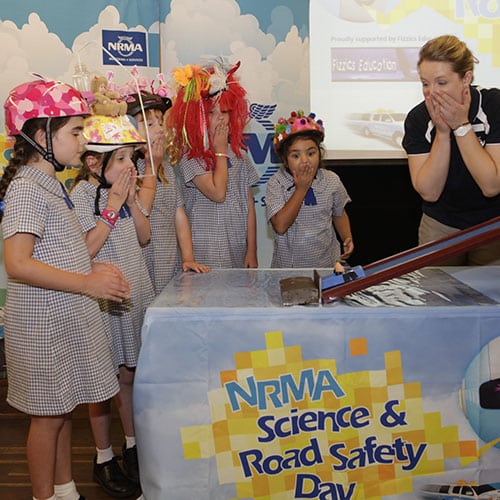
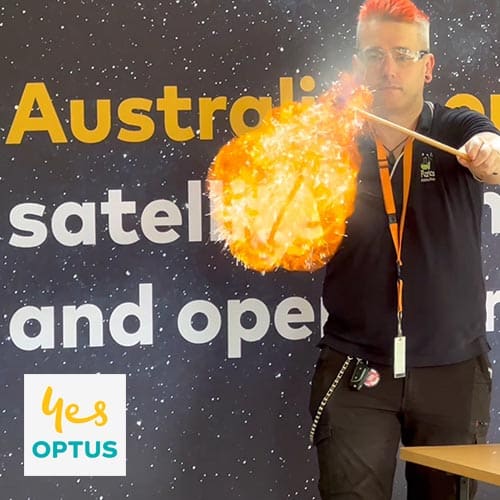


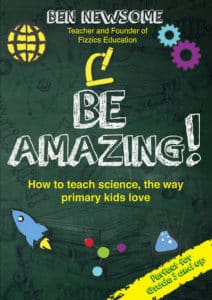


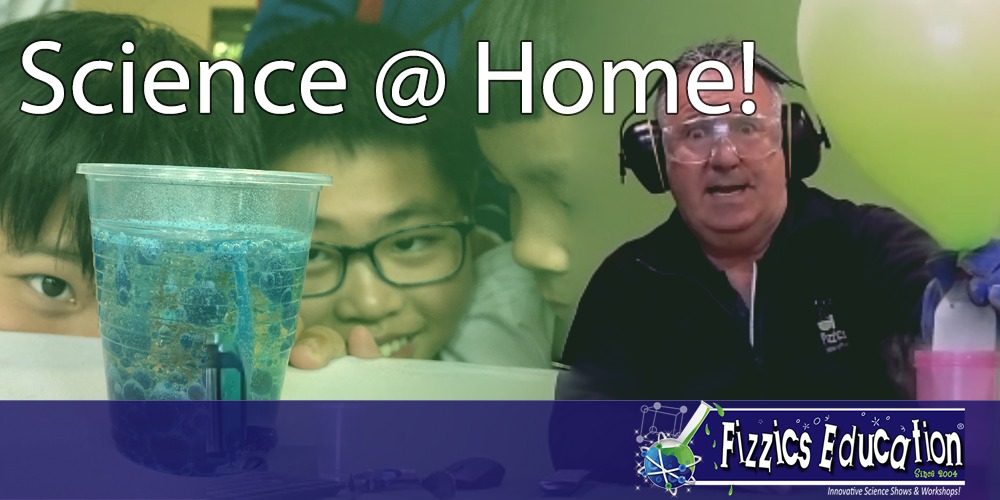

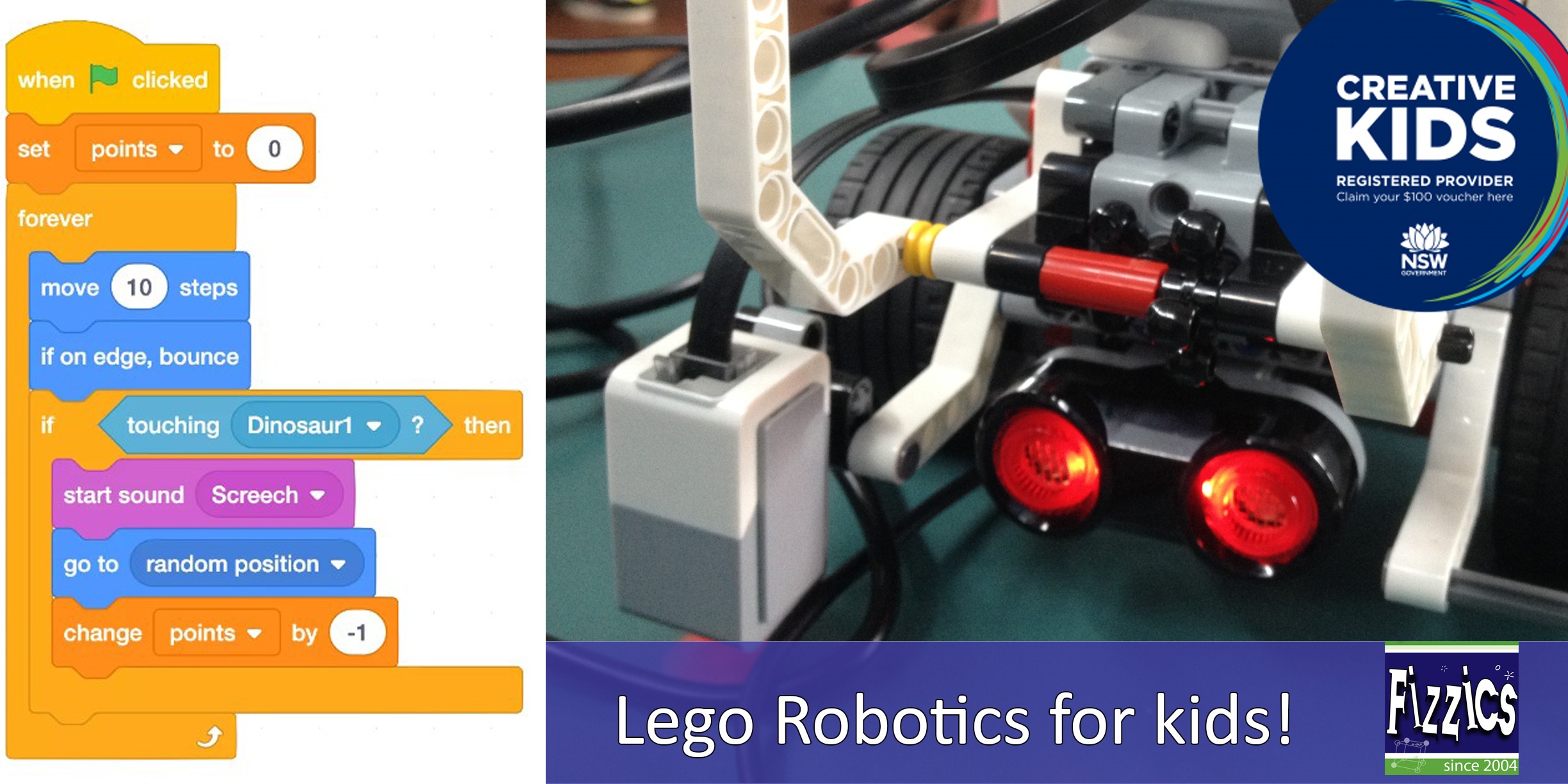
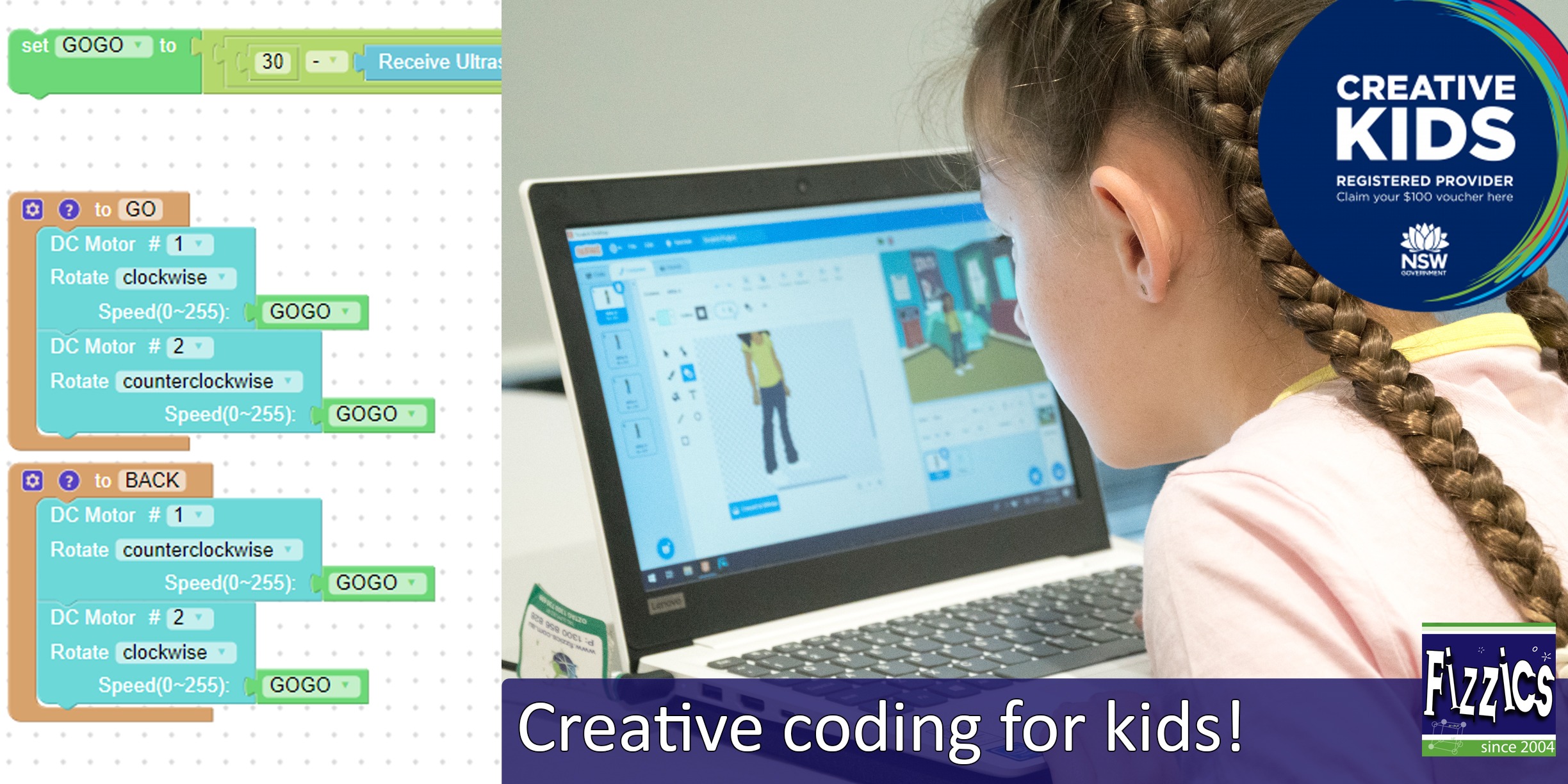
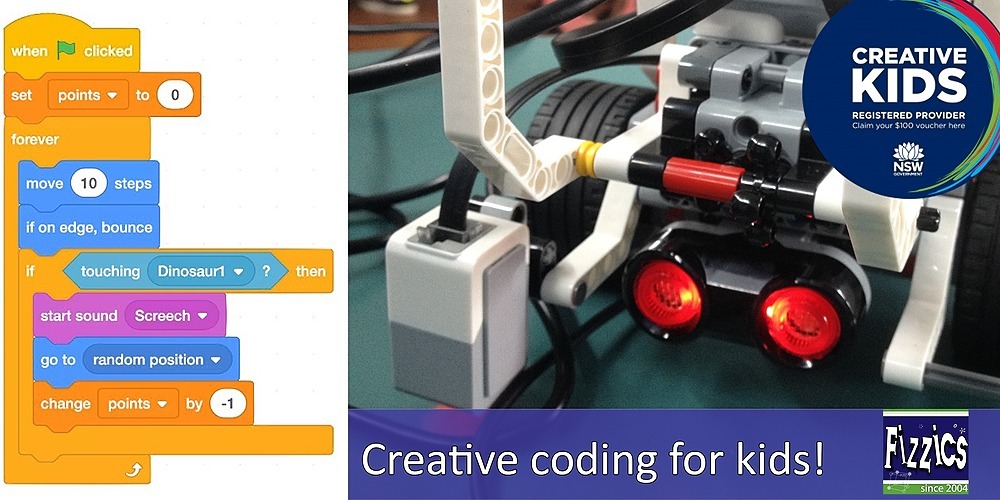


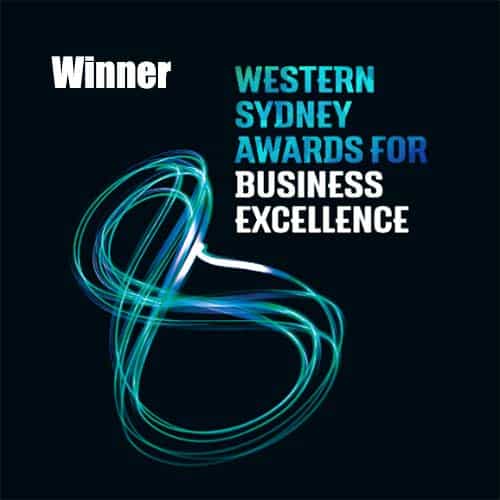
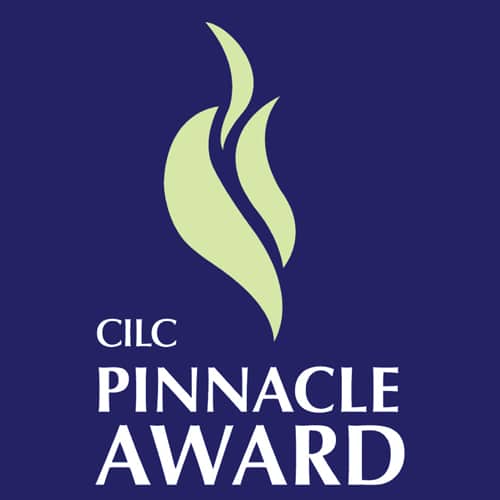
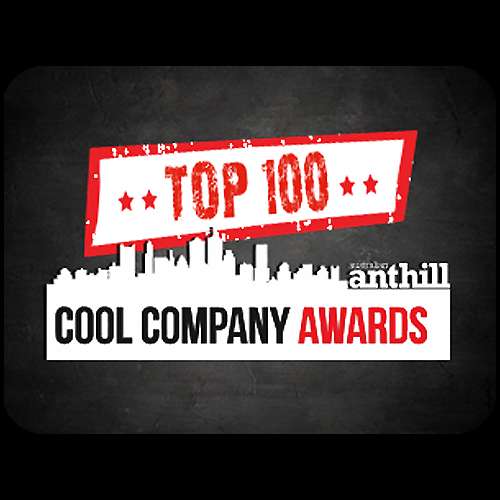
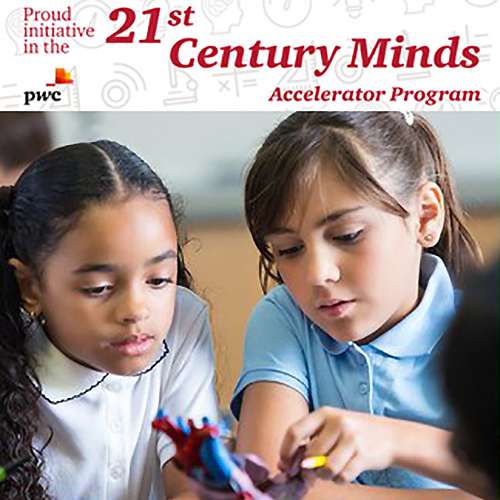
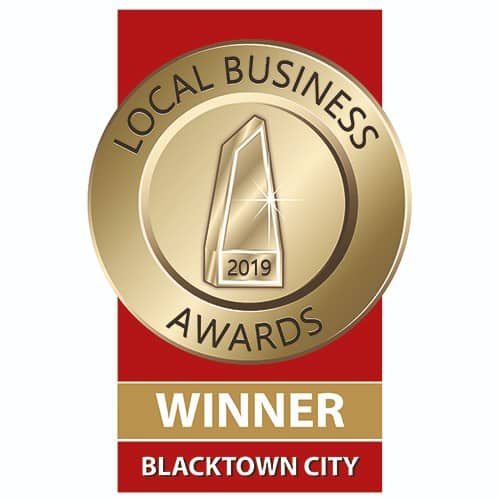
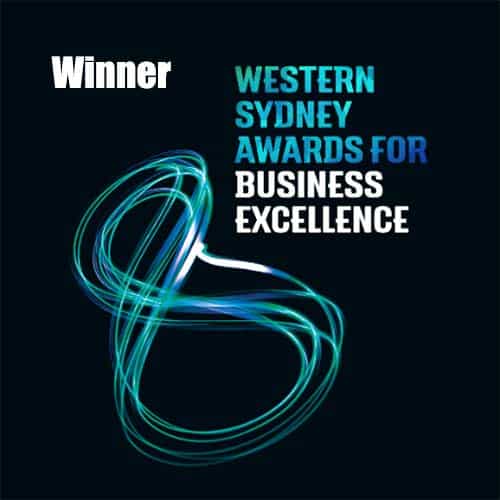
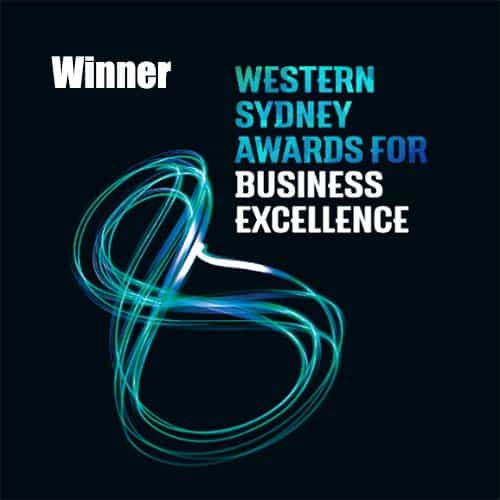
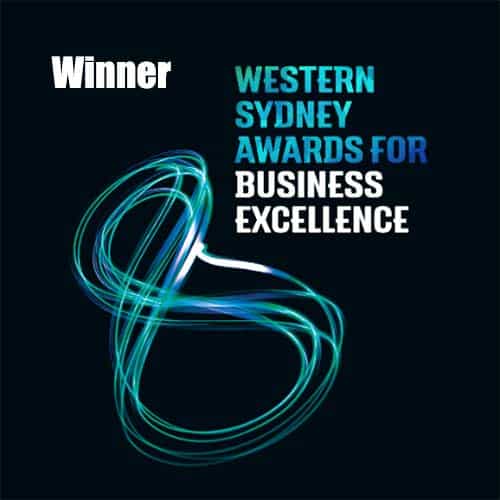
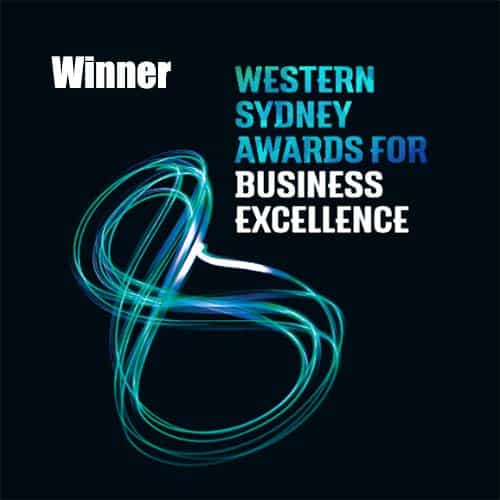
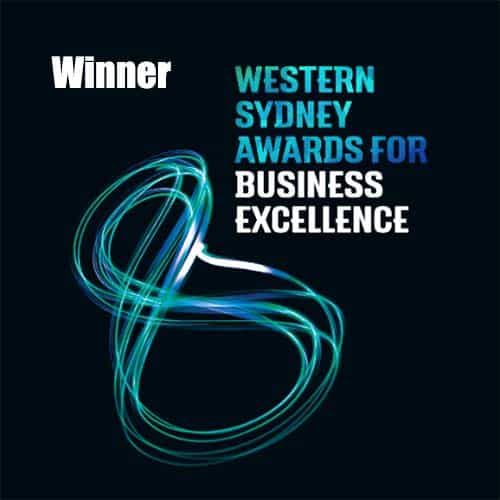
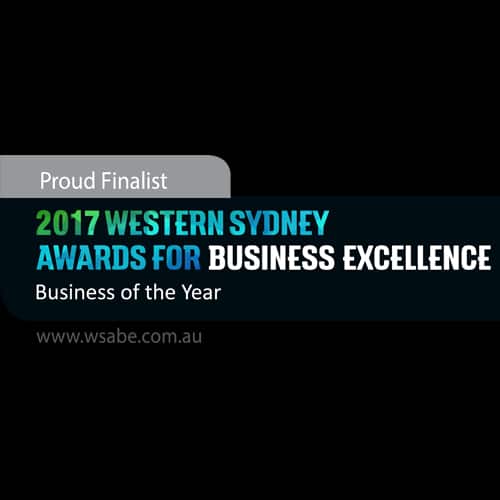




Comments